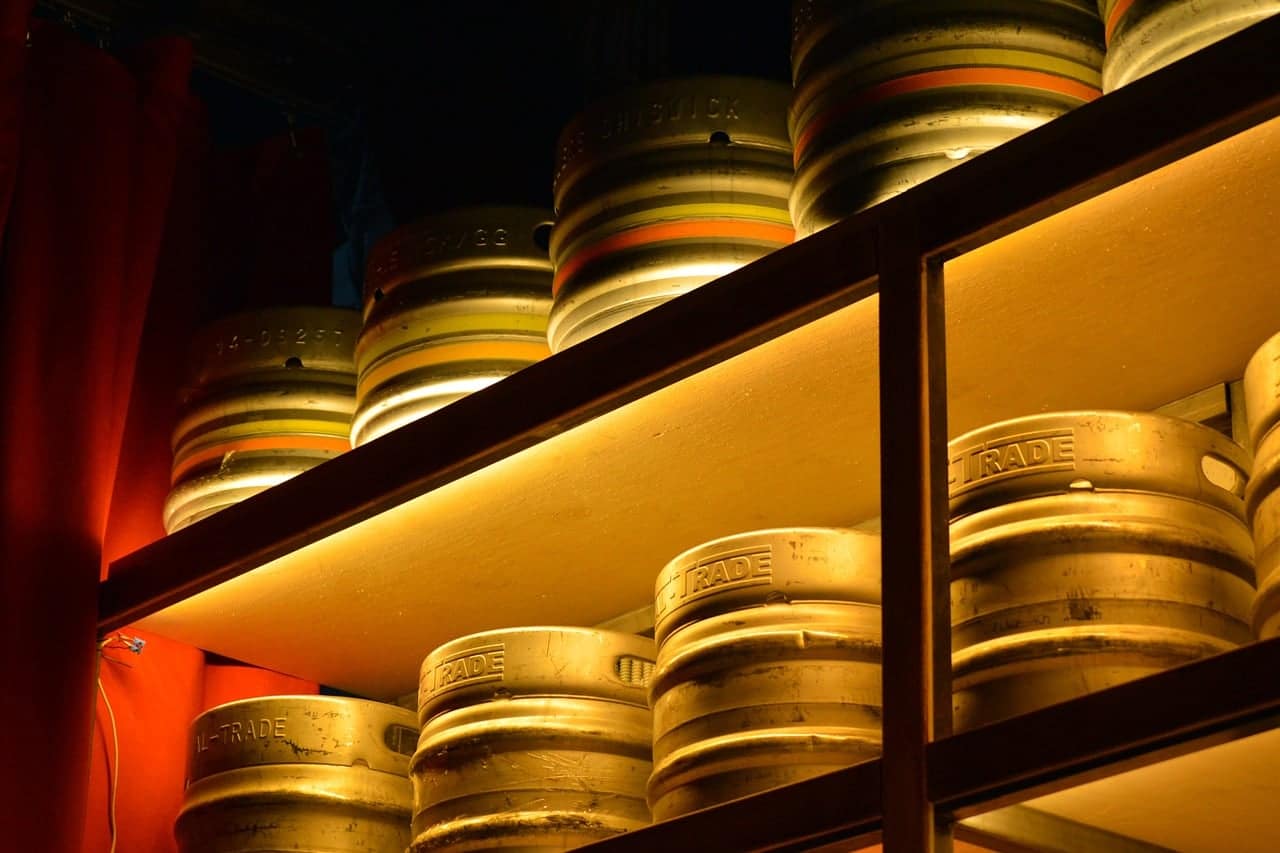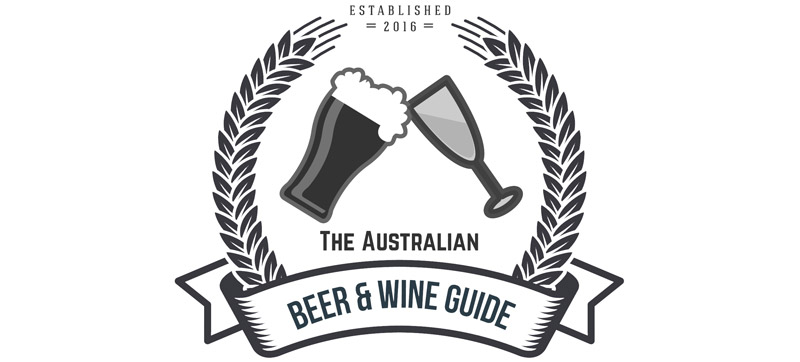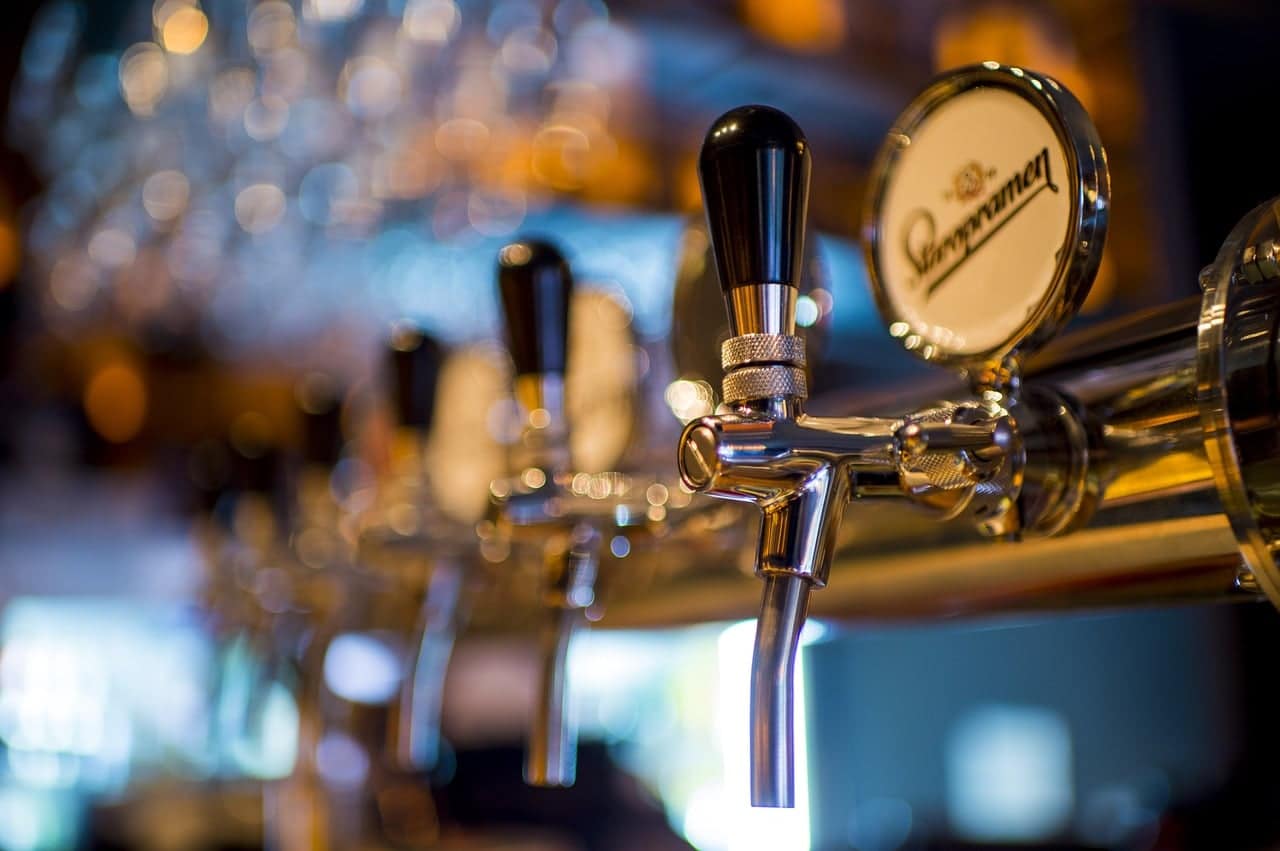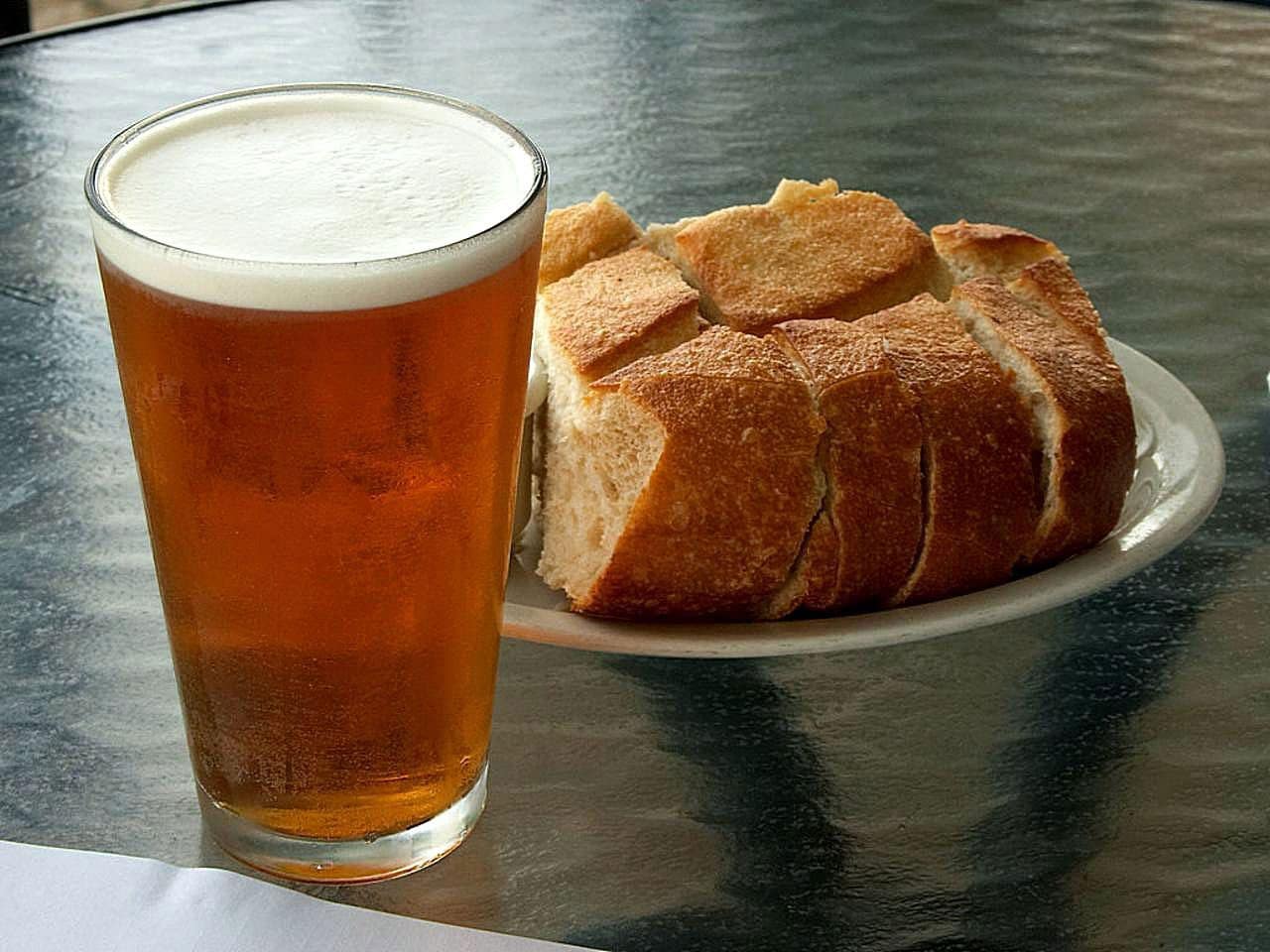Nowadays, it seems that every go-to bar and local brewery has craft beer offerings. Indeed, the craft beer scene is in its prime – in Australia, it’s the only segment in the beer market that’s still continuously growing despite the decline in beer and alcohol consumption.
Draught, or draft beer, with its crisp taste and pleasant foamy head has long been considered as the freshest option for beer enthusiasts.
Generally considered to be the optimal method of showcasing the art of brewery, here are some salient facts you need to know about what makes draft beer ahead of the pack:
What is draught beer?
Draught beer is a beer stored into kegs and served straight from the tap. The tap can be pressurised or pumped by hand.
There are several reasons why draught beer has superior quality than other types of beer. First, the keg blocks sunlight away, eliminating degradation from light. The keg also prevents oxygen from seeping in, thus keeping the beer fresh for longer. And lastly, draught beer is usually consumed at a faster rate, which means that beer is stored for less time and is kept fresh.
Check draught beers on Amazon or the Beer Cartel.
Draught beer name
Before the invention of the beer engine in 1785, beer was transported and served directly from the barrel. The term “draught” originated from the Old English word dragan, which means “to carry or pull.” Today, the UK, Ireland, Australia, and New Zealand spell it as draught, while in North America it is draft.
History
Based on early references, it was likely that medieval monks were one of the first groups to store beer into barrels.
One of the earliest mentions of this beer storage technique was in 1691, in a London Gazette newspaper article describing a patent for “a very useful engine for starting of beer.”
Towards the early 20th century, draught beer started to be served from pressurised containers. This innovation spread throughout Europe and the rest of the world. In recent times, the term “draught beer” is almost exclusively used to beer served with the pressurised mechanism as opposed to the traditional barrel beer.

What is keg beer?
Keg beer is a beer that goes through filtering and pasteurisation, both of which are not usually done with draught beer. The beer is stored in stainless steel containers. These differences make storage and transport easier, although purists who prefer traditional cask beer would consider the taste inferior to draught beer from a cask.
Storage and serving temperature
Draught beer stored in a traditional cask must be stored and served at a cellar temperature of 12 °C (54 °F). Have it too cold and it might taste bland and flat. Plus, the dispensing would create excessive foam. On the other hand, serve it too warm and it’ll also affect the taste and appearance of the beer.
Experts suggest that flavourful varieties should be served warm to allow full appreciation of the flavour. Draught beer is commonly served at a temperature of 7 to 10°C (45 to 50 °F).
Meanwhile, for kegs, you need to cool down the temperature prior to serving. Keep in mind that kegs are large canisters of liquid, so they take a while to fully cool down to the optimal temperature. You need to chill the beer down to about 2 to 8 °C (37 to 46 °F).
The best thing to do is let the keg sit in the refrigerator for 24 hours with the proper temperature. And don’t forget to account for this cooling time when you order a keg for an event.
Check draught beers on Amazon or the Beer Cartel.
Canned and bottled “draught”
While you may see the terms “draft” and “draught” in a few brands of canned or bottled beers, this is a misnomer used as a brilliant marketing tactic to mislead consumers. It’s like, “canned tomatoes fresh on the vine” or something along those lines.
One example is Miller when they introduced Miller Genuine Draft, a pale lager brewed using a cold filtering system. There’s also Guinness stout in draught flow cans and bottles, which makes use of a nitrogen widget to create a smooth beer.
Whatever advertisements and promotions say, in the purest sense, it’s incorrect to call any beer not drawn from a cask or keg as “draught.”
Why is draught beer better than bottled beer?
Draught beer generally tastes better than bottled beer because of a combination of factors like the brewing process, storage, and dispensing.
Beer experts note that unpasteurised and unfiltered brews tend to be more flavourful. And as mentioned, storing the beer in cask or steel keg prevents sunlight and oxygen from ruining the freshness of the beer.
You could say it’s just the way beer is supposed to be.
Keep in mind though, that many variables can affect the quality of draught beer. From not letting it rest after transport, to serving it in the wrong temperature, chances are you’ll have a beer that leaves a lot to be desired. Not maintaining the tap lines can also bring impurities to your brew.
Beer keg sizes
Commercially-sized beer kegs are typically available in 20L up to 50L. These are ideal for big crowds or events, or if you have a refrigerator dedicated to such massive sized kegs.
There are also smaller, mini-kegs perfect for smaller groups of individuals and those who only have the standard refrigerator. A mini-keg usually comes in 5L size, which contains about 10 pints.
How many litres are in a keg of beer?
Depending on the size, there are keg sizes that have 5L, 20L, 25L, 30L, and 50L.
How long does beer last in a keg?
Keg beer that is non-pasteurised will last for about 45-60 days. Meanwhile, pasteurised beer can last for 90 to 120 days. When opened, any draught beer will remain fresh for about 8-12 hours.
How much is a keg of beer?
Price will depend on the size of your keg, beer variety, and brand. If you’re buying a 50L keg, you’ll have to shell out about $200 to $400. Mini-kegs would cost you under $100.
Check draught beers on Amazon or the Beer Cartel.





1 Comment
Could try Laos brewed beer with its special added preservative. I wonder if any one has done anything about that. Or do we just leave them to their own devices?